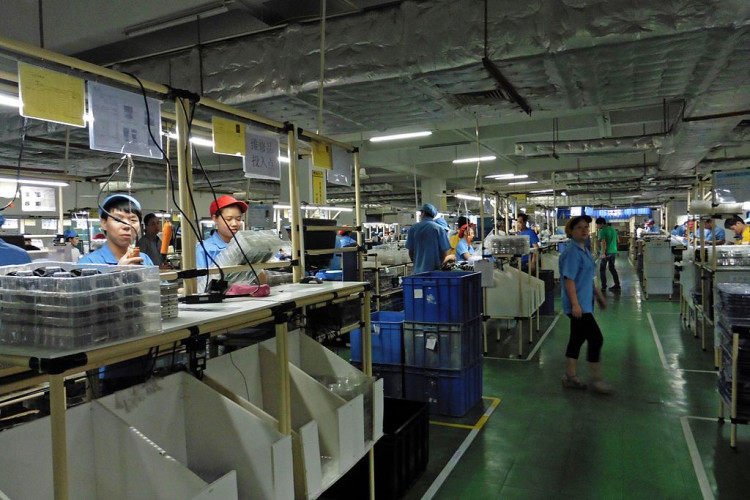China's manufacturing and services sectors experienced a slowdown in growth in April, according to official surveys released on Tuesday, suggesting a loss of momentum for the world's second-largest economy at the start of the second quarter. The mixed signals highlight the erratic nature of demand and the challenges faced by policymakers, despite a solid first-quarter GDP performance that has reduced some of the urgency to ramp up stimulus measures.
The National Bureau of Statistics (NBS) reported that the manufacturing purchasing managers' index (PMI) dropped to 50.4 in April from 50.8 in March, just above the 50-mark separating growth from contraction and slightly ahead of the median forecast of 50.3 in a Reuters poll. While new export orders grew at a much slower rate and employment continued to shrink, the equipment manufacturing and high-tech manufacturing PMIs stood at 51.3 and 53.0, respectively, indicating that "high-end manufacturing maintained rapid development," according to the NBS.
The services sub-index under the NBS non-manufacturing survey, however, slowed sharply to 50.3 in April, the weakest pace since January, compared with 52.4 in March. The NBS noted that "indicators of business activity in the catering, capital market services and property industries were in contraction."
In response to the slowing growth, China's top decision-making body, the Politburo, announced in a meeting on Tuesday that it will step up support for the economy using policy tools such as banks' reserve requirement ratio (RRR) and interest rates. The Politburo also revealed that the long-awaited Third Plenum meeting will be held in July, focusing on deepening reforms and promoting the modernization of China.
Despite the government's pledge to support the economy, analysts remain skeptical about a near-term full-blown economic revival, citing the prolonged property downturn and ballooning local government debt as major factors denting household and investor confidence. Several rounds of support measures aimed at turning around the real estate sector have failed to spur a recovery, further contributing to the uncertainty surrounding China's economic prospects.
The challenges faced by China's economy extend beyond its borders, as the country contends with trade barriers and accusations from the U.S. of exporting its industrial overcapacity. With developed economies in no hurry to cut interest rates, China may face a longer period of tepid external demand. IMF Asia-Pacific Director Krishna Srinivasan suggested that scaling back industrial policies to reduce misallocation of resources and excess capacity, while prioritizing support for domestic demand, could help address some of these issues.
While stronger-than-expected first-quarter economic growth provided a welcome impetus for the rest of the year, weakness in March data such as retail sales, industrial profits, and property investment has investors fretting about China's ability to spark a broader, sustained revival in demand. China has set a GDP growth target of around 5.0% for 2024, a goal analysts have described as ambitious without more stimulus.
Julian Evans-Pritchard, head of China economics at Capital Economics, noted that while the ongoing cyclical recovery will persist in the short term, largely due to budgeted fiscal support, there are plenty of downside risks. These include "the threat of foreign trade barriers, a deeper downturn in property construction and a pullback in off-budget local government spending on infrastructure."






